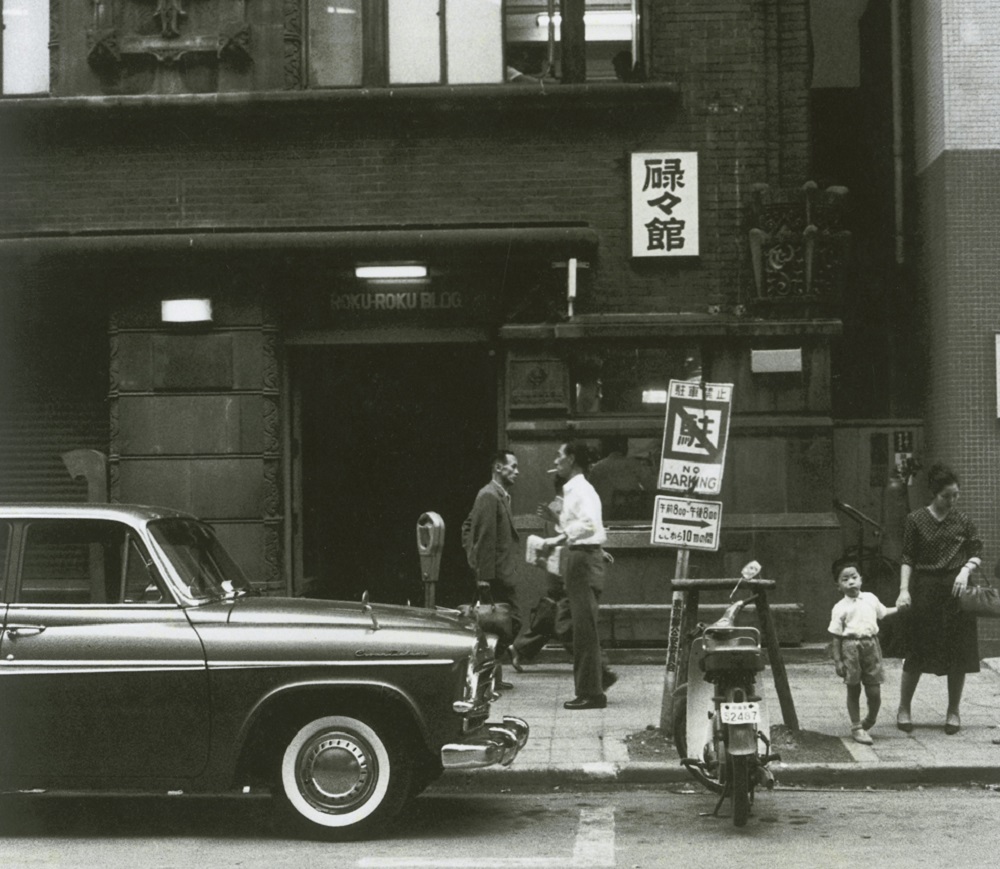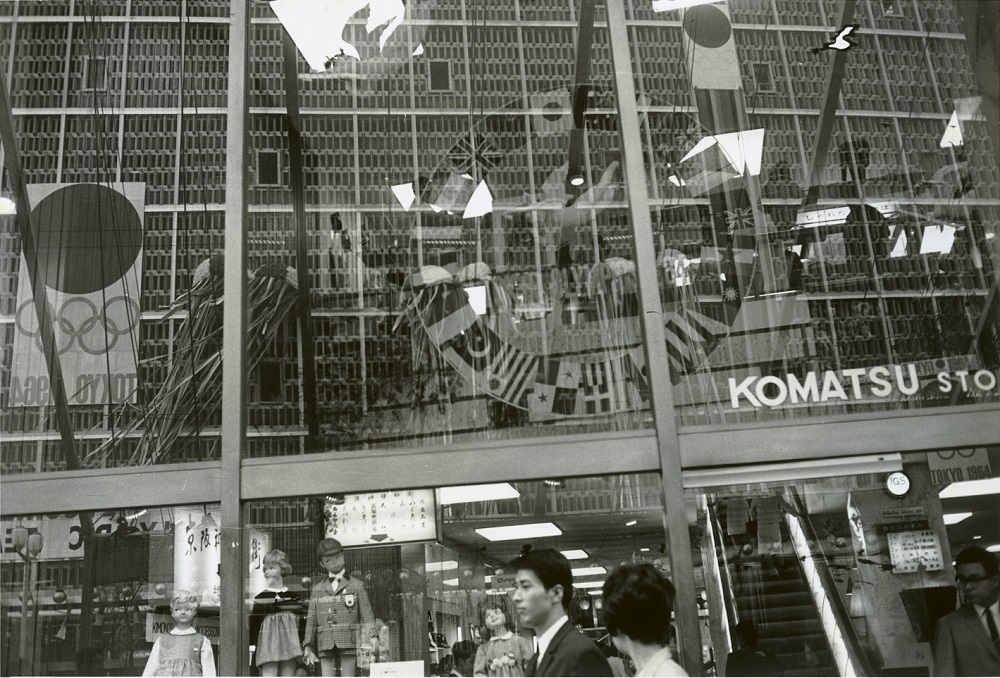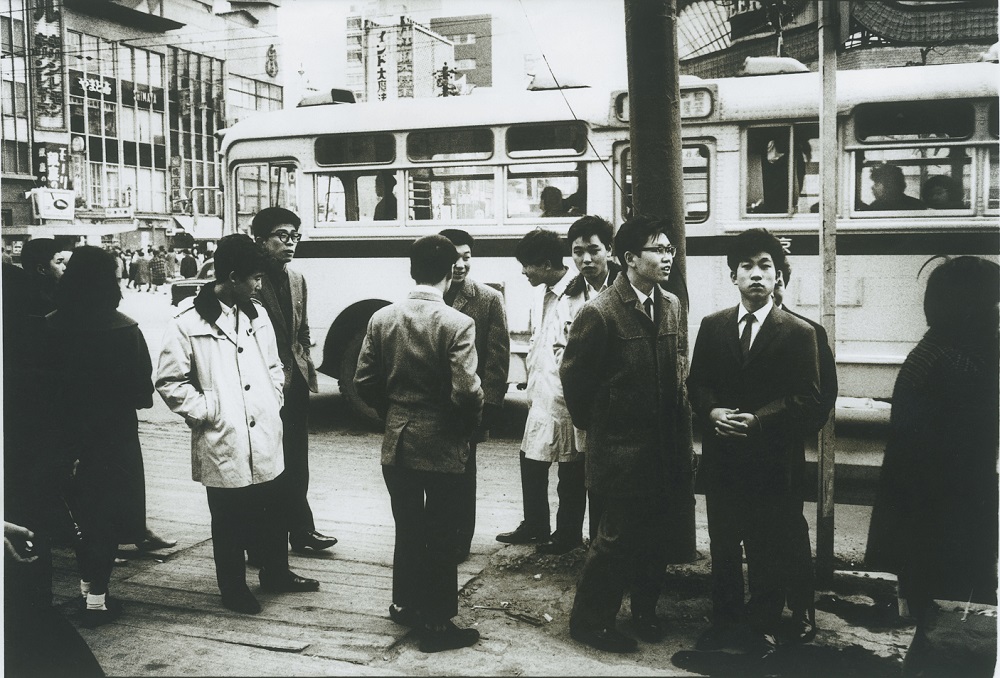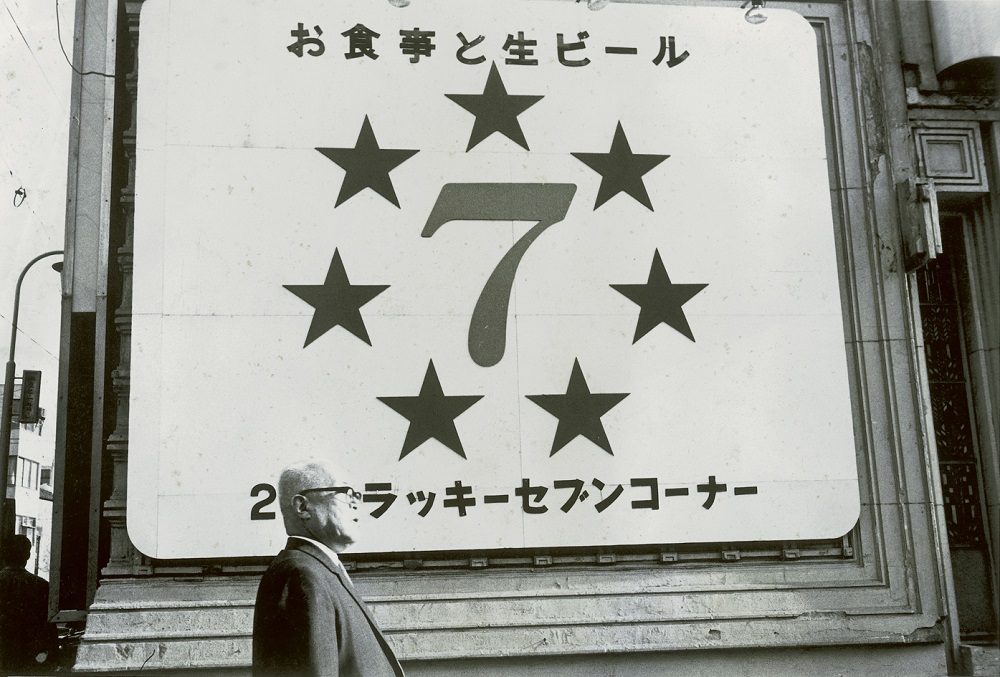An Exploration of Modern Ginza
An Exploration of Modern Ginza — II. Ginza's willows and Henri Charpentier
2021.04.20
Photography by Ko Ito
Words & Illustrations by Yoshiyuki Morioka
The Summer/Autumn 2020 issue of Hanatsubaki included an essay by Yoshiyuki Morioka, the owner of Ginza’s Morioka Shoten bookstore, on the relationship between Ginza and Shiseido. In this online column, Morioka ties together the past, present, and future of the district through reference to various books and events.
Ginza has always been a stomping ground for iconic figures of the day, and all the excitement and drama that it has seen can be felt in the air even today. So join us on an imaginary walk around Ginza, guided along by the photographs of Ko Ito, a photographer who was taking snapshots of the district around 1964.

II. Ginza’s willows and Henri Charpentier
Walking along Ginza Street in the direction of Kyobashi, I turn right at the corner of Yanagi Street (“Willow Street”) in Ginza 2-chome toward the Henri Charpentier café.* Although I have been there several times, I had the urge to pay another visit while perusing the Ryojin Hisho (Songs to Make the Dust Dance), an anthology of kayo songs compiled by Emperor Go-Shirakawa around 1180, near the end of the Heian period.
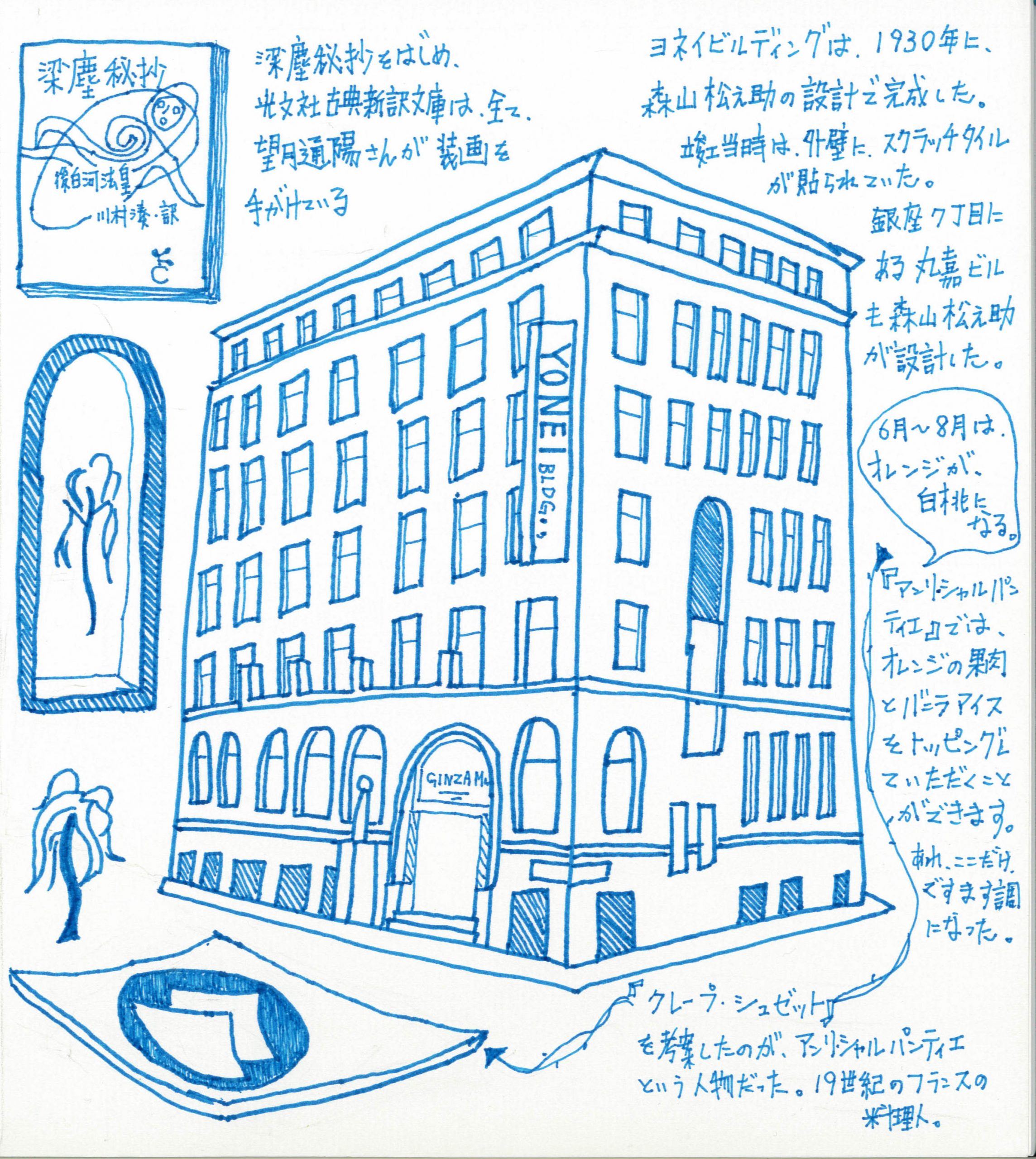
The willow tree features in one of its songs:
“The hanging wisteria and the weeping willow,
in full bloom and thick with scent,
rustle, tangle, intermingle,
swing with each other in the breeze.
Oh-ho what joy, a-ha what fun!”
Kayo is a form of poetic song with meter and melody. Minato Kawamura’s bold modern translation [on which the above English translation is based] goes on to explain: “The image of the willow and wisteria tangling with each other in the wind here serves to evoke a man and a woman in sexual embrace.”
A willow tree as a metaphor for women, almost 850 years ago! Come to think of it, geisha districts—places where men and women come together—have historically been referred to as karyukai, “the flower-and-willow world.”
Even ordinary willow trees might take on a different impression when viewed from this perspective. That was when the Henri Charpentier café came to my mind. The Yonei Building, which houses the café, was built in 1930 in the modern architectural style. The willows, I imagined, would look even more picturesque through its arched windows.
But would I even be able to see the willows from there? Going up the stairs and entering the café, I count one, two… five arched windows. I am shown to a seat by the fourth window along, and there they are: the willows of Yanagi Street, rustling outside in the wind.
I learned from research that the poems of Ryojin Hisho were long scattered and lost until the end of the Meiji period, when parts of its manuscript were found. The discovery of this legendary anthology aroused great interest at the time, and literary figures who were influenced by the songs included famed poet Hakushu Kitahara. There is a poem by Kitahara titled “Ginza and Rain.” It was first printed in the 1921 Ginza, a book of lament for the district’s willows that were being cut down, published by none other than Shiseido’s Cosmetics Department. Perhaps the other figures involved in the publication, such as Shinzo Fukuhara and Settai Komura, had also known about the Ryojin Hisho from Kitahara; perhaps they too had associated the willow or the elegant form of the willow with the beauty of women. I am filled with such thoughts about Ginza’s willows.
Before long, they bring me the Crêpes Suzette, which are always a real treat. At Henri Charpentier, the crêpes are prepared right in front of you. They light the Grand Marnier in a glass and pour it into the frying pan from chest height; the liqueur streams down in a thin line, still aflame, exuding the sweet aroma of orange. And as I watch, it suddenly strikes me that the flame’s slender blue arc looks just like the willow branches gently swaying outside.
Contributors
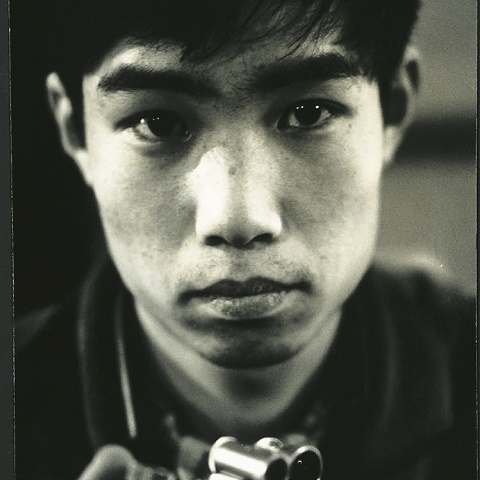
KO ITO
Photographer
Born 1943 in wartime Osaka, Ito was shortly evacuated with his parents to his father’s family home in Wakuya, Miyagi Prefecture. In his sixth year of elementary school, he transferred to a school in Uzumasa, Kyoto, moving there on his own. In 1955 he enrolled at Meiji Gakuin Junior High School in Tokyo, then went on to study at the Tokyo College of Photography from 1961, later joining its teaching department after his graduation in 1963. He held two photography exhibitions during this time. After leaving his post at the school in 1968, he became a freelance photographer. Moving to Mashiko in 1978 to train at the Tsukamoto Seito-jo pottery, he would establish his own kiln in 1981 and produce pottery for the rest of his life. He passed away in 2015.
A collection of Ito’s photography, GINZA TOKYO 1964, was published by Morioka Shoten on May 5, 2020.
https://soken.moriokashoten.com/items/2dabee933141
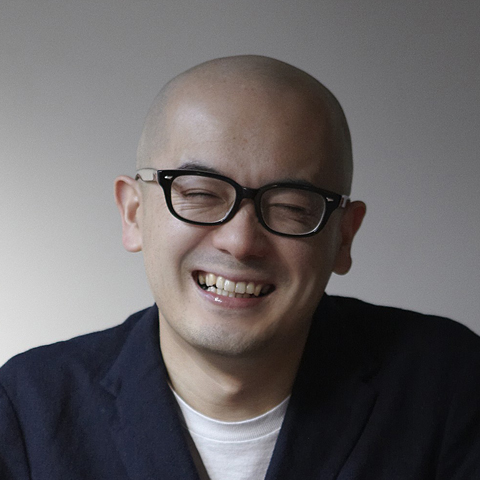
YOSHIYUKI MORIOKA
Bookstore owner
Yoshiyuki Morioka (b. 1974, Yamagata Prefecture) is the owner-director of Morioka Shoten. His publications include Koya no Furuhonya ("The Used Bookstore of the Steppes"; pub. Shobunsha) and BOOKS ON JAPAN 1931–1972 (pub. BNN). He has been involved in exhibitions such as KOGEI to live together (Shiseido Gallery) and Ikei to Kogei ("Reverence and Craftwork"; Yamagata Biennale). In recent years, he has often worked as a producer and promoter of clothing labels. He writes the column "Morioka Shoten Diaries" on the website of Kogei Seika, an art magazine published by Shinchosha.



